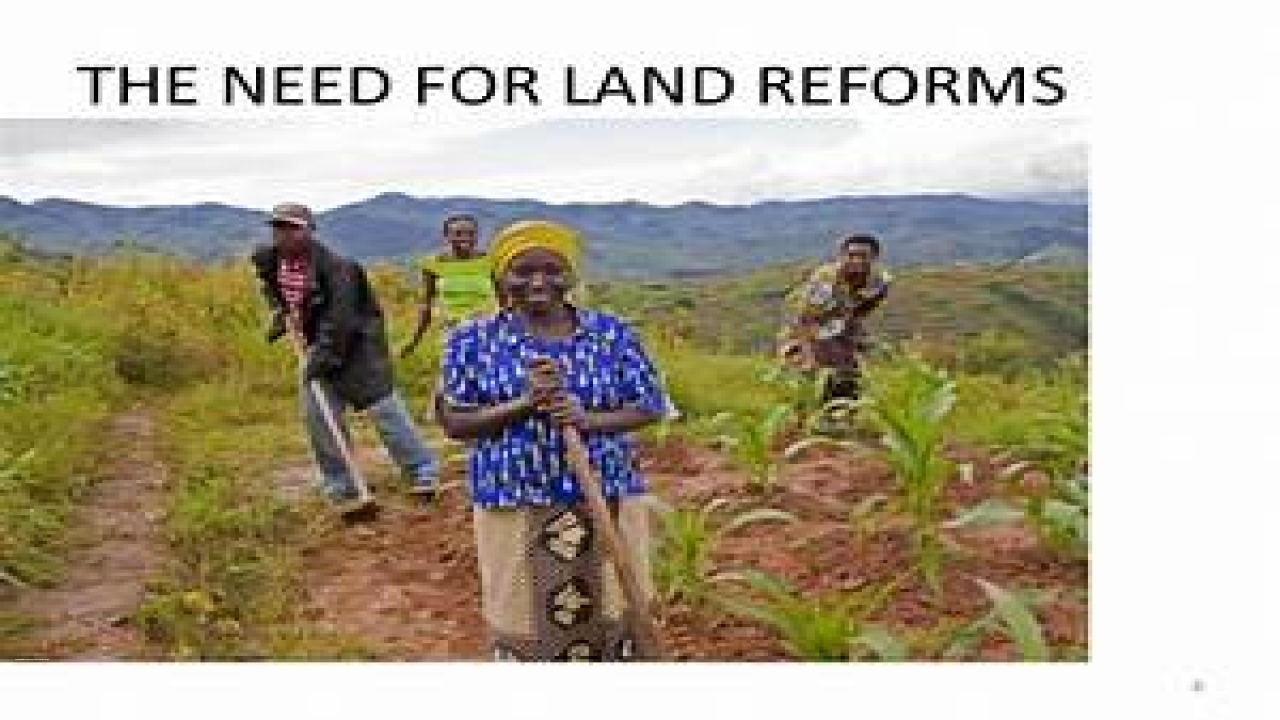Land Holdings, Land Tenure, and Land Reforms
Land is a valuable resource that plays a crucial role in economic development and social progress. Land tenure and land holdings refer to the way land is owned, managed, and used. Land reforms are a set of policies aimed at addressing issues of land ownership, distribution, and use.
History of Land Holdings, Land Tenure, and Land Reforms
The history of land tenure and land reforms can be traced back to the feudal system, where land was owned by a small group of aristocrats and peasants were the main cultivators. With the rise of capitalism, land became a commodity that could be bought and sold. The concept of private property emerged, and landownership became concentrated in the hands of a few wealthy landowners.
Land reforms gained momentum in the 20th century, driven by the need to address issues of inequality, poverty, and social injustice. The first wave of land reforms focused on land redistribution, where large landholdings were broken up and distributed to small farmers. The second wave of land reforms focused on improving land productivity and promoting sustainable land use practices.
Types of Land Holdings
There are several types of land holdings, including:
- Large landholdings: Large landholdings are typically owned by wealthy individuals, corporations, or the state. These holdings can be used for commercial agriculture, mining, or other economic activities.
- Small landholdings: Small landholdings are typically owned by small farmers, who cultivate the land for subsistence or small-scale commercial agriculture.
- Collective landholdings: Collective landholdings are owned by communities, such as indigenous communities or communal farms. These holdings are often managed through collective decision-making processes.
Examples of Land Reforms
- Land redistribution: Land redistribution is a policy where large landholdings are broken up and redistributed to small farmers. This policy aims to address issues of land concentration and inequality.
- Tenure regularization: Tenure regularization is a policy where informal landholders are given legal recognition and ownership rights. This policy aims to protect the rights of informal settlers and prevent forced evictions.
- Land consolidation: Land consolidation is a policy where small landholdings are combined into larger, more productive units. This policy aims to improve land productivity and promote sustainable land use practices.
Issues Surrounding Land Tenure and Land Reforms
- Inequality: Land ownership and distribution are often concentrated in the hands of a few wealthy individuals, leading to issues of inequality and poverty. Land reforms aimed at redistributing land can be controversial, as they often involve expropriating land from wealthy landowners.
- Informal land tenure: Informal land tenure is a common issue in many developing countries, where land is occupied and used by individuals or communities without legal recognition. Informal land tenure can make it difficult for people to access credit, services, and legal protection.
- Land conflicts: Land conflicts can arise when there are competing claims to land ownership or use. These conflicts can be driven by issues such as ethnicity, religion, or economic interests.
- Environmental degradation: Land use practices can contribute to environmental degradation, such as deforestation, soil erosion, and water pollution. Land reforms aimed at promoting sustainable land use practices can help address these issues.


